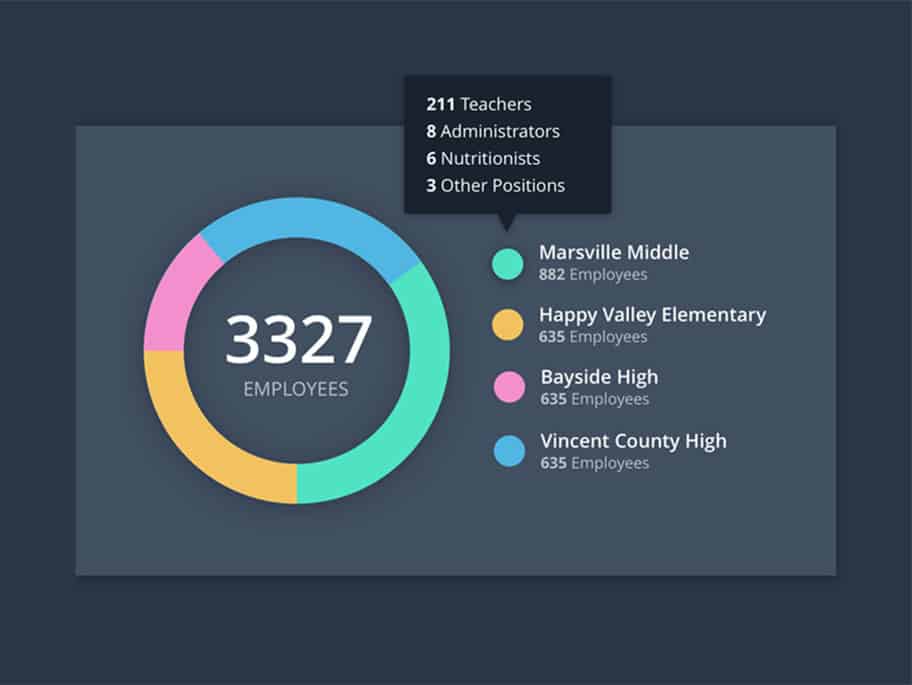
Scatter plots shows how much one variable is affected by another or the relationship between them with the help of dots in two dimensions. It is also observed that each variable is positively correlated with each other. the bottom left is same as the top right. It can be generated with the help of corr() function on Pandas DataFrame and plotted with the help of pyplot.Ĭax = ax.matshow(correlations, vmin=-1, vmax=1)įrom the above output of correlation matrix, we can see that it is symmetrical i.e. In the following example, Python script will generate and plot correlation matrix for the Pima Indian Diabetes dataset. We can plot correlation matrix to show which variable is having a high or low correlation in respect to another variable. In our previous chapters, we have discussed Pearson’s Correlation coefficients and the importance of Correlation too. The following are some techniques in Python to implement multivariate visualization − Correlation Matrix PlotĬorrelation is an indication about the changes between two variables. With the help of multivariate visualization, we can understand interaction between multiple attributes of our dataset.

Multivariate Plots: Interaction Among Multiple VariablesĪnother type of visualization is multi-variable or “multivariate” visualization.
#BASIC DATA VISUALIZATION TECHNIQUES SKIN#
Outlier values would be 1.5 times greater than the size of the spread of the middle data.ĭata.plot(kind='box', subplots=True, layout=(3,3), sharex=False,sharey=False)įrom the above plot of attribute’s distribution, it can be observed that age, test and skin appear skewed towards smaller values. The dots outside the whiskers signifies the outlier values. It also draws whiskers which will give us an idea about the spread of the data. It draws a line for the middle value i.e. It is univariate in nature and summarizes the distribution of each attribute.

The following are the characteristics of this technique − Box and Whisker Plotsīox and Whisker plots, also called boxplots in short, is another useful technique to review the distribution of each attribute’s distribution. In the following example, Python script will generate Density Plots for the distribution of attributes of Pima Indian Diabetes dataset.ĭata.plot(kind='density', subplots=True, layout=(3,3), sharex=False)įrom the above output, the difference between Density plots and Histograms can be easily understood.

We can call them as abstracted histograms. It is also like histogram but having a smooth curve drawn through the top of each bin. Density PlotsĪnother quick and easy technique for getting each attributes distribution is Density plots. From this, we can observe that perhaps age, pedi and test attribute may have exponential distribution while mass and plas have Gaussian distribution. The above output shows that it created the histogram for each attribute in the dataset. Here, we will be using hist() function on Pandas DataFrame to generate histograms and matplotlib for ploting them.
#BASIC DATA VISUALIZATION TECHNIQUES CODE#
The code shown below is an example of Python script creating the histogram of the attributes of Pima Indian Diabetes dataset. Histograms also help us to see possible outliers. weather it is Gaussian, skewed or exponential. It provides us a count of the number of observations in each bin created for visualization.įrom the shape of the bin, we can easily observe the distribution i.e. The following are some of the characteristics of histograms − Histograms group the data in bins and is the fastest way to get idea about the distribution of each attribute in dataset. The following are some techniques in Python to implement univariate visualization − Histograms

With the help of univariate visualization, we can understand each attribute of our dataset independently. The simplest type of visualization is single-variable or “univariate” visualization. Univariate Plots: Understanding Attributes Independently With the help of following Python recipes, we can understand ML data with statistics. It is the fastest way to see if the features correspond to the output. With the help of data visualization, we can see how the data looks like and what kind of correlation is held by the attributes of data. There is another way called Visualization, to understand the data. In the previous chapter, we have discussed the importance of data for Machine Learning algorithms along with some Python recipes to understand the data with statistics.


 0 kommentar(er)
0 kommentar(er)
